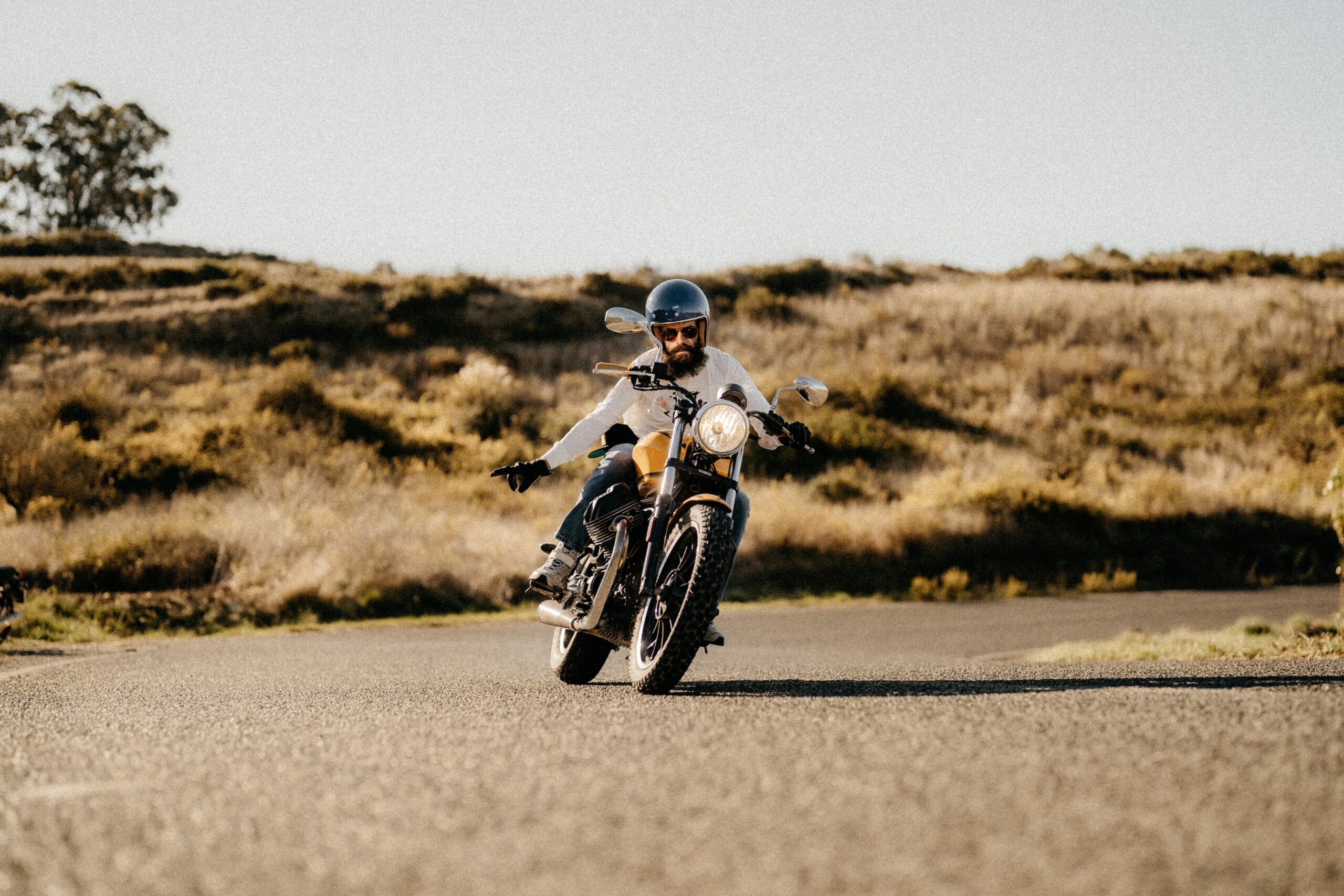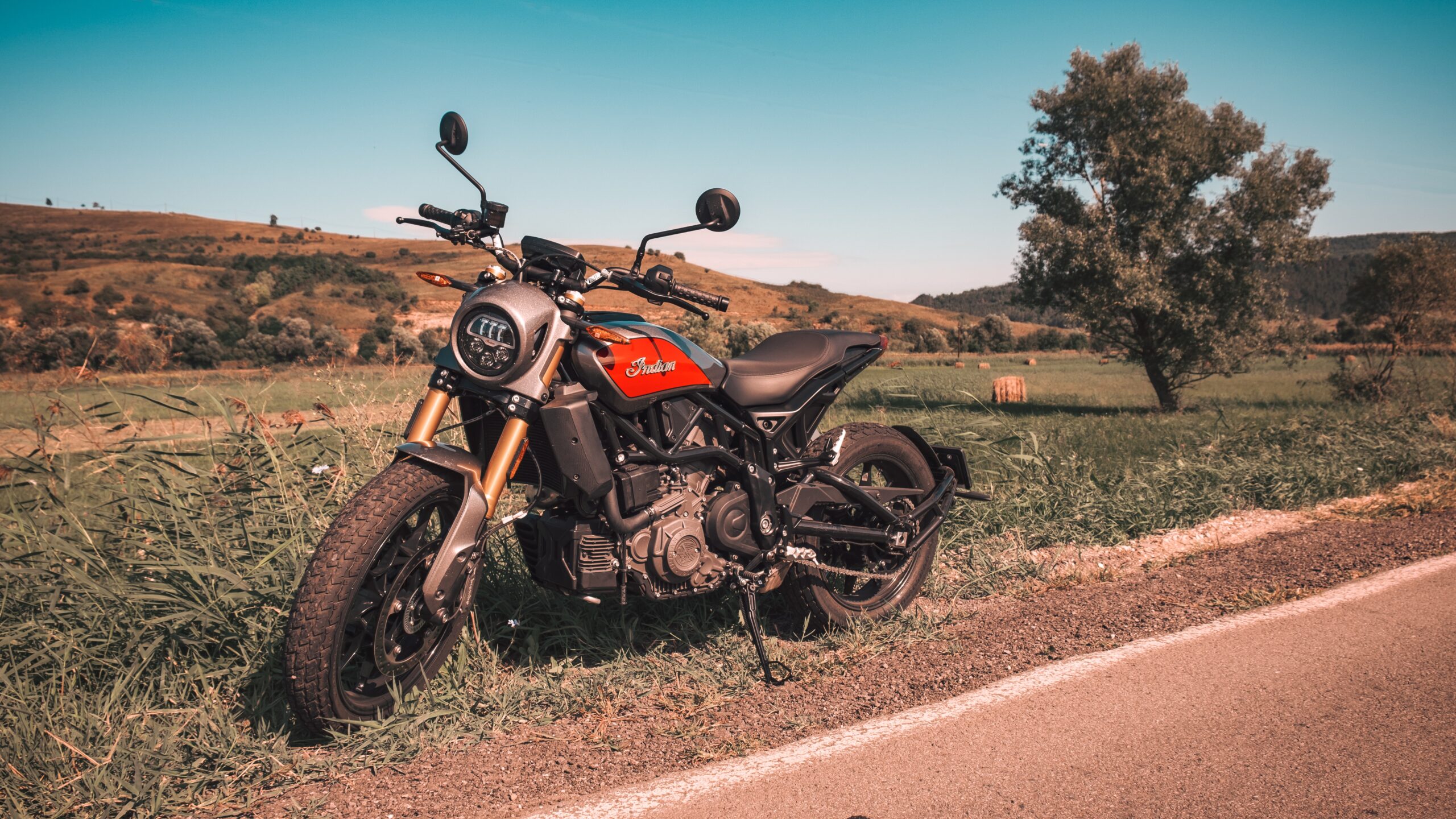So, to avoid conflicts or awkward situations, I urge you to read and remember the greeting rules I will tell you about in this post.

Bikers are surprisingly united in helping their fellows facing a breakdown or other serious trouble on the road. And it’s not just an allegation but a result of a study by Australian enthusiasts. They found out empirically that 61% of bikers are willing to help another rider with a repair or tow and share gasoline to help them make it to the nearest gas station. Just compare that to only 25% of car owners who help out other car drivers in similar situations.
The researchers concluded that this phenomenon has 3 reasons:
- It is normal for a biker’s worldview to feel the so-called “moto brotherhood”, to know that you can always count that your fellow bikers will lend a hand.
- Bikers feel their exclusivity because there are very few of them on the road. Thus, they must support their culture and the feeling of freedom and not fail anyone who shares the same values since there are only 1% of motorcyclists compared to car drivers. Car drivers know that they are the majority. They think, “there are plenty of others behind me who can help, so why would I spend my precious time helping someone digging under the hood”. Yes, that’s what most car drivers think.
- Bikers know what it’s like to ride a bike. Unlike a car, it won’t protect you from the rain or freezing cold, and of course, you cannot sleep on a bike. Therefore, they know that any motorcycle problems need to be solved as quickly as possible. Sometimes it is literally a matter of survival.
How to properly greet another biker
To date, it is unknown who and when started the tradition of biker’s greetings. There is a myth that in 1904 Harley (one of the founding fathers of the legendary Harley- Davidson) greeted Arthur Davidson (yes, that Davidson!) by waving his hand when they were riding their bikes toward each other.
In general, until 1946, when bikers, having decided to maintain their harsh image, agreed to unify the greetings, there was complete discord. The idiom could describe the situation that everything was “at sixes and sevens“. Simply put, everyone had been greeting others however they wanted. Only in 1946 was this mess solved by establishing a certain unspoken set of rules on biker greeting.
Now, you can only greet an oncoming motorcyclist with your left hand. The reason for prohibiting salutations with the right hand is related to a safety issue as it controls the throttle and the brake lever.
As for the palm, its inner side can be either:
- Facing the road.
- Facing the oncoming biker.
If you wish, you can make a V sign with your palm, which means peace in the bikers’ language.
There are 5 types of greetings:
- Left hand is put out and down at an angle of around 45 degrees. Such a biker’s “hello” is sometimes called Harley’s greeting. It is the most convenient greeting type for you if you ride a cruiser or chopper with a tall steering fork that will simply hide your hand in any other type of greeting.
- The left hand is put out straight to the side. A deviation of approximately 10 degrees up or down is allowed. This greeting is best for motorcyclists riding baggers or sportbikes.
- The left hand is raised up. It is a convenient way to say hello on a sports or motocross bike.
- Left palm is lifted up. With such a greeting, the palm comes off the steering wheel upwards by 10-20 cm. The palm’s inner side turns towards the oncoming biker and then falls back on the steering handle. It is best suited when both motorcyclists are riding at high speed and do not physically have time to say hello in a different way.
- In Europe, a leg “hello” gesture is acceptable, i.e. the left leg is slightly off the footboard and extended to the side.
It is a must to greet a fellow biker on a clear or country road with little traffic. It is acceptable not to greet in heavy traffic, on a sharp turn, at night, and during rain.
Biker’s mutual aid
Supporting each other in a difficult situation is a universal principle for all bikers. Despite uncompromising war and willingness to kill each other in other circumstances, the members of feuding biker clubs will help their adversaries on the road in case of an accident, breakdown, or any other trouble.

There are special signs that will tell you what help exactly is needed from your fellow biker or how to ask for help for yourself. Usually, the signs are made with a helmet:
- When it lies on the road in its usual position, as if put on the head, its owner has experienced technical difficulties.
- When the helmet lies on the side, the biker needs urgent medical attention. Be sure to remember this sign because it can save someone’s life or your life if you need medical aid.
- When the helmet lies upside down, it means that the biker has run out of fuel.
Sometimes you can see a bandana tied to the handlebars of a motorcycle standing alone on the side of the road. In this case, the biker asks for help repairing the broken bike.
The program helps bikers overcome the accident’s consequences and provides psychological, legal, and medical assistance. It helps contact relatives, finds donors if necessary, collects all the information about the accident, and helps evacuate the motorcycle. The organization MOTOHELP provides similar assistance to bikers on the territory of Ukraine. However, it operates only in Kyiv and the nearest suburbs.





